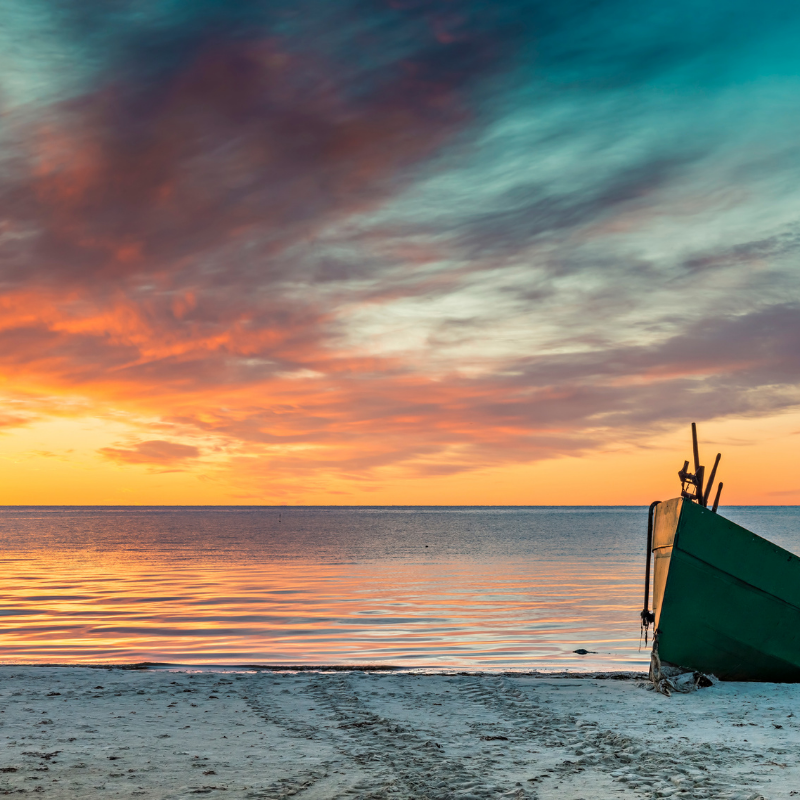Next working day delivery with Royal Mail Tracked 24
How Deep are our Oceans and Seas? The Baltic Sea

How Deep are our Oceans and Seas?
Without our oceans and seas, there would be no fish. In our regular blog feature we explore the depth, area and volume of Earth's oceans and seas. Here is a run down of the depth and area of the Baltic Sea.
Baltic Sea
The Baltic Sea covers an area of approximately 163,000 square miles, or nearly 420,000 square kilometres.
The Baltic Sea is quite shallow, with an average depth of around 180 feet, or around 55 metres. It has a greatest depth of around 1380 feet, or 420 metres.
The Baltic Sea is part of the Atlantic Ocean, enclosed by Denmark, Estonia, Finland, Germany, Latvia, Lithuania, Poland, Russia, Sweden and the North/Central European Plain.
It is believed that the Baltic Sea formed approximately 10,000 years ago, following the last glaciation. The Baltic Sea is nearly landlocked that its waters are remarkably fresh.
You would expect the 'Baltic' to be very cold, but the water temperature of the Baltic Sea varies significantly depending on exact location, season and depth. At the Bornholm Basin for example, the surface temperature falls to 0–5 °C (32–41 °F) during the peak of winter and rises to 15–20 °C (59–68 °F) during the peak of the summer. The average is around 9–10 °C (48–50 °F) annually.
.

How Many Fish Live in the Oceans on Earth?
Scientists estimate the total number of fish in the Earth's ocean to be around 3,500,000,000,000, comprising of around 20,000 different species. However, accurately counting the number of fish is near-impossible task. It is very difficult to estimate what percentage inhabit the Baltic Sea.
The estimated number of fish in our oceans and seas is constantly changing due to environmental factors, plus as fishing, predation, and reproduction.
Photo credit(s): Coastline in the Baltic Sea, 4lb Canva Pro Licence (above), Coastline landscape at dawn, Baltic Sea, Latvia, gorsh13 / Getty Images (title image)




